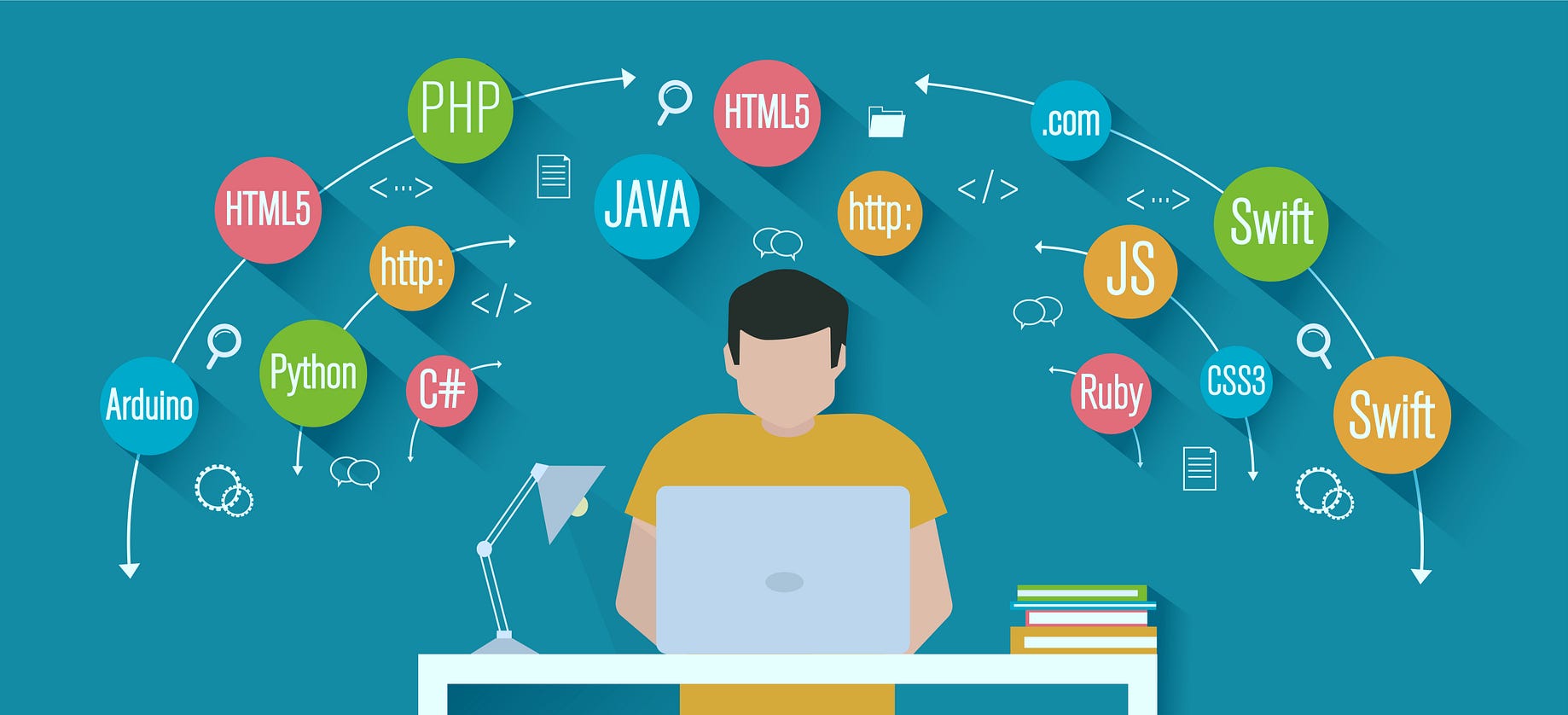

- What is the best linux os for coding ruby how to#
- What is the best linux os for coding ruby install#
- What is the best linux os for coding ruby update#
- What is the best linux os for coding ruby full#
puts "Hello, World!"įirst, open your notepad and write your Ruby code. You can copy the following ‘Hello World ‘ Ruby code to test it on your device. It’s now time to test the traditional ‘Hello World’ through Ruby on our Linux machine. Till now, we’ve seen the methods of installing Ruby on different Linux systems.
What is the best linux os for coding ruby install#
After downloading the package, you can install it through the default package installer on your Arch Linux. If you find any issues installing the package on your Arch and Arch-based system, you can click on this link to download the compiled ZST package of Ruby for your system. You can also execute the above Pacman command on other Arch-based systems. I’ve used a Manjaro KDE Linux to illustrate the method of Ruby on Arch Linux. You can run the following Pacman command on your console with root privileges to install Ruby on your machine. Installing the Ruby language on an Arch-based Linux system is not much different from installing it on other distributions.
What is the best linux os for coding ruby full#
You just need to run the following Yum command on the terminal shell to install Ruby’s full package on your Red Hat-based Linux system. As the newer version of Fedora supports both DNF and YUM, installing packages on Fedora through the YUM command would not be an issue. If you’re using a Red Hat Linux or a Fedora workstation, It’s now quicker for you to install Ruby on your system. When the installation finishes, check the Ruby version to know if It’s installed correctly inside your Linux system or not.

You can choose between the global and constant versions and select any following commands on your shell. curl -sL | bash -Īfter setting up the environment and downloading Ruby, you can now run the following bashrc and echo commands on your terminal shell to configure the system.Įcho 'export PATH="$HOME/.rbenv/bin:$PATH"' > ~/.bashrcĮcho 'eval "$(rbenv init -)"' > ~/.bashrcįinally, run the following command on your system terminal to install Ruby through the Ruby environment. The command will pull the installer file from Github. Now, run the cURL command given below to get the Ruby on your system. Sudo apt install git curl libssl-dev libreadline-dev zlib1g-dev autoconf bison build-essential libyaml-dev libreadline-dev libncurses5-dev libffi-dev libgdbm-dev First, run the following command on your terminal shell to get the Ruby environment and dependency packages on your system.
What is the best linux os for coding ruby how to#
In this method, we’ll see how to create an environment for Ruby and install Ruby through the Ruby environment (Rb Env). Method 2: Install Ruby Via Ruby Environment
What is the best linux os for coding ruby update#
Don’t forget to update your system repository before installing any packages. You can run the following command on your terminal shell with root privilege to install Ruby through the aptitude package command on Ubuntu and other Debian-based distributions the following single command will install Ruby language and the dependency files of Ruby on your Linux system. Method 1: Install Ruby Through Linux Repository Here, we’ll see how you can use the aptitude command and Ruby environment to install Ruby on your Debian-based system. There is more than one method that you can use to install it on your machine. Installing Ruby on a Debian or Ubuntu system is straightforward.

Here, I’ll guide you on installing and getting started with Ruby on the Debian, Red Hat, and Arch-based Linux systems. If you’re a newbie on Ruby, this post would be helpful for you. It requires an active internet connection and root privilege to install the Ruby language on any system. Installing Ruby on a Linux system doesn’t require a lot of computing skills. Ruby is written in the C programming language, and the syntaxes are similar to Perl and Python.


 0 kommentar(er)
0 kommentar(er)
